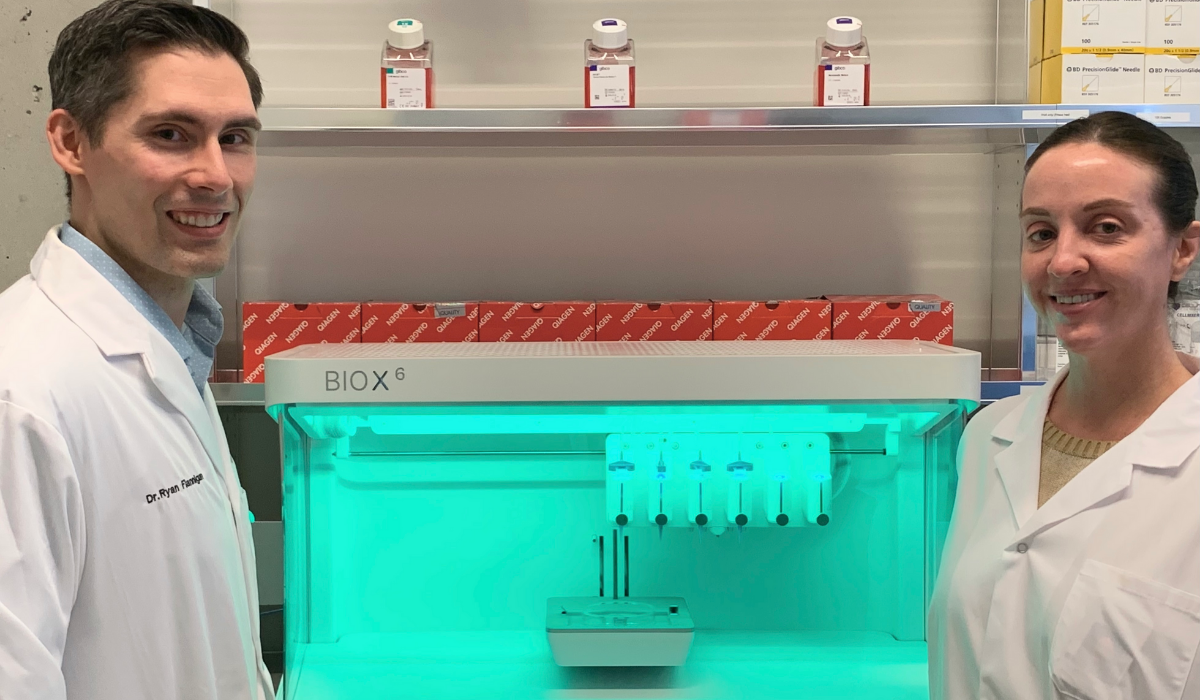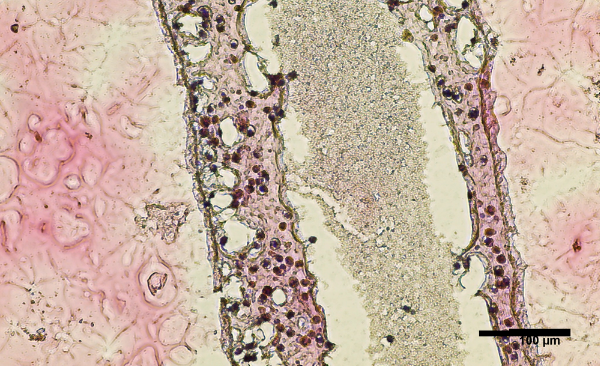Remember when, in 2017, scientists 3D printed an artificial ovary and implanted it into a sterile mouse, which later gave birth to healthy pups? Now, science has gone one step further by 3D printing testicular cells – showing promising early signs of sperm-producing capabilities.
Researchers from The University of British Columbia, based at the Vancouver Prostate Centre at Vancouver General Hospital, and led by UBC urology assistant professor Dr. Ryan Flannigan, hope the newly discovered technique will one day offer a solution for people living with presently untreatable forms of male infertility.

Within human testicles, sperm is produced by tiny tubes known as seminiferous tubules. In the most severe form of male infertility, known as non-obstructive azoospermia (NOA), no sperm is found in the ejaculate due to diminished sperm production within these structures.
“We’re 3D printing these cells into a very specific structure that mimics human anatomy, which we think is our best shot at stimulating sperm production. If successful, this could open the door to new fertility treatments for couples who currently have no other options.”
While in some cases doctors can help NOA patients by performing surgery to find extremely rare sperm, Dr. Flannigan says this procedure is only successful about half the time.
“Unfortunately, for the other half of these individuals, they don’t have any options because we can’t find sperm for them.”
Manufacturing on Demand
For the recent study, the researchers performed a biopsy to collect stem cells from the testicles of a patient living with NOA. The cells were then grown and 3D printed, using a CELLINK Bio X6 printer (a printer with 6 printheads), onto a petri dish into a hollow tubular structure that resembles the sperm-producing seminiferous tubules.
Twelve days after printing, the team found that the cells had survived. Not only that, they had matured into several of the specialized cells involved in sperm production and were showing a significant improvement in spermatogonial stem cell maintenance – both early signs of sperm-producing capabilities. The results of the study were recently published in Fertility and Sterility Science.

“It’s a huge milestone, seeing these cells survive and begin to differentiate. There’s a long road ahead, but this makes our team very hopeful,” said Dr. Flannigan.
The team is now working to “coach” the 3D printed testicular cells to produce sperm. To do this, they’ll expose the cells to different nutrients and growth factors and fine-tune the structural arrangement to facilitate cell-to-cell interaction.
If they can get the cells to produce sperm, those sperm could potentially be used to fertilize an egg by in vitro fertilization, providing a new fertility treatment option for couples.
“Increasingly, we’re learning that there are likely many different causes of infertility and that each case is very patient-specific,” said Dr. Flannigan. “With that in mind, we’re taking a personalized, precision medicine approach – we take cells from a patient, try to understand what abnormalities are unique to them, and then 3D print and support the cells in ways that overcome those original deficiencies.”
* This article is reprinted from 3D Printing Media Network. If you are involved in infringement, please contact us to delete it.
Author: Edward Wakefield


Leave A Comment